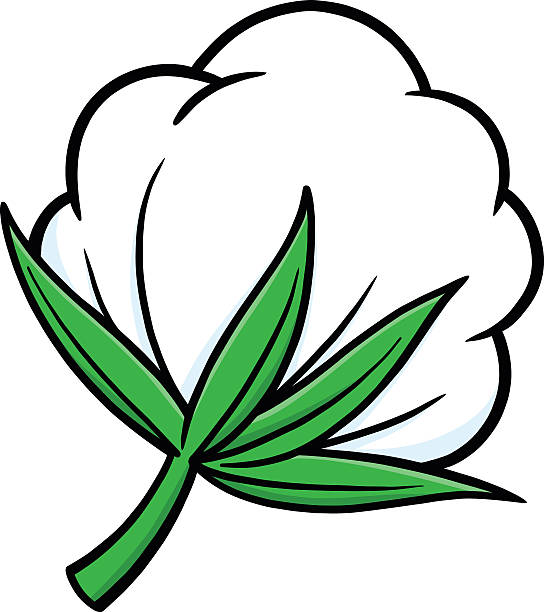Cotton
-
Reminders on Recently Announced Upcoming Meetings —————————————————————– This Thursdays AC Row Crop Weed Meeting marks the end of the Appling County winter production meetings. We are very thankful for everyone that attended the meetings this season, as well as our sponsors for their donations to our programs and projects for 2025, and also to all…
-
Reminder of Upcoming Meetings and Events: ——————————————————————————————— Appling County Cotton Meeting Recap There was a nice turnout at the cotton meeting. We would like to send a thank you to the Georgia Cotton Commission for help funding the meal and to our speakers for providing their information and recommendations. See below main points from each…
-
Talkin/ Cotton Podcast – Season 1, Episode 20 Below is a link to episode 20 of the Talkin’ Cotton Podcast, where we discussed the federal economic and disaster assistance that was voted on and approved (12/21/24), and will provide some much needed relief for Georgia growers. Remember that this link takes you to buzzsprout, but…
-
Cotton Defoliation Update and Management Considerations Following Hurricane Helene (Camp Hand) As we are dealing with the aftermath of Hurricane Helene, we have begun getting questions on how to deal with certain situations in our cotton crop. Please read the following document below for thoughts from myself and Wade Parker on moving forward with the…
-
Defoliation Update (Camp Hand) Anyone who has heard me talk in the last month or so, whether it be at the Georgia Cotton Commission Mid-Year Meeting or at local defoliation updates, knows that I believe this crop is ahead of schedule. How far ahead of schedule? I think I could make an argument of 10-14…
-
Peanuts (From Dr. Scott Monfort): It looks like the temperatures are moving more down than up. I was hoping that we would remain warm in October but that is not the case. The mild weather has made it almost impossible to determine the best time to dig. I know we have a lot of growers frustrated about…
-
As we get closer to defoliation, Dr. Camp Hand shares with us his recommendations: “Looks like temps will stay in the 80s across the state this week, and in spots will go below 80 over the weekend. 3.2 oz/acre Dropp, 10 oz Folex, 32-42 oz/acre of Prep. Dropp rates should be increased in situations where there…
Posted in: Cotton -
 Posted in: Cotton
Posted in: Cotton